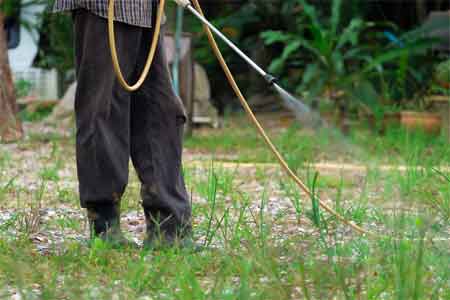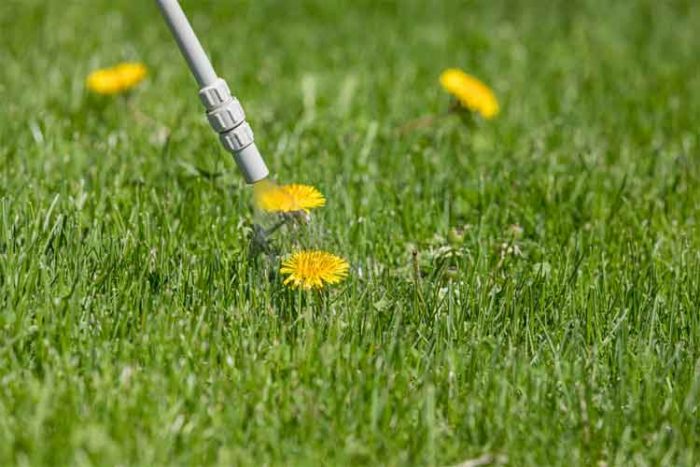A good part of my training to be a master herbalist came from studying which “regular” plants were poisonous and what to do if they were eaten. It was surprising to learn how many have parts better left uneaten. I can’t list them all, but I can give you some of the more popular plants.
Trees: Fruit trees in the apricot family all have toxic parts. In fact, the only edible part is the flesh of the fruit. These trees contain a substance that turns to cyanide inside the body. These aren’t the only trees that have toxins. Walnut trees are another popular tree with toxic effects.

Vegetables: A nice vegetable garden is a good way to augment your family’s diet. However, many common vegetables have toxic parts. Tomatoes, potatoes, eggplant and peppers are all members of the nightshade family. They contain chemicals that affect the central nervous system. Eating the wrong parts could be deadly.
Flowers: Foxglove, castor beans, moonflowers (datura inoxii, related to jimson weed) and even morning glories can be problematic. The first four of them could be deadly. A milder toxin can be found in poinsettias, but it will certainly make itself felt if eaten.
“Weeds:” The reason it’s in quotation marks is because my definition of weeds differs from that of others. Many “weeds” are actually useful plants. To me, a weed is a plant that’s growing someplace it’s not wanted. Having calla lilies sprout up in my herb garden is a good example. To others, they’re a flower. In that garden patch, they’re a weed.
Many weeds are ok to eat. Dandelions, clover and plantain are good examples. All of them can be eaten and parts of them are used as herbal remedies. Some weeds aren’t safe. Jimson weed and black henbane are two examples. Like the vegetables above, they are members of the nightshade family and deadly.
In order to protect your family and pets, make a list of the plants in your yard. If you aren’t certain about some of the plants, pick a leaf and (if possible) a flower. If there is more than one keep them separate. Take both the list and the unknown vegetation to your local nursery. Most have a list of toxic plants and either knows how to recognize the rest or they have the resources to find out.

